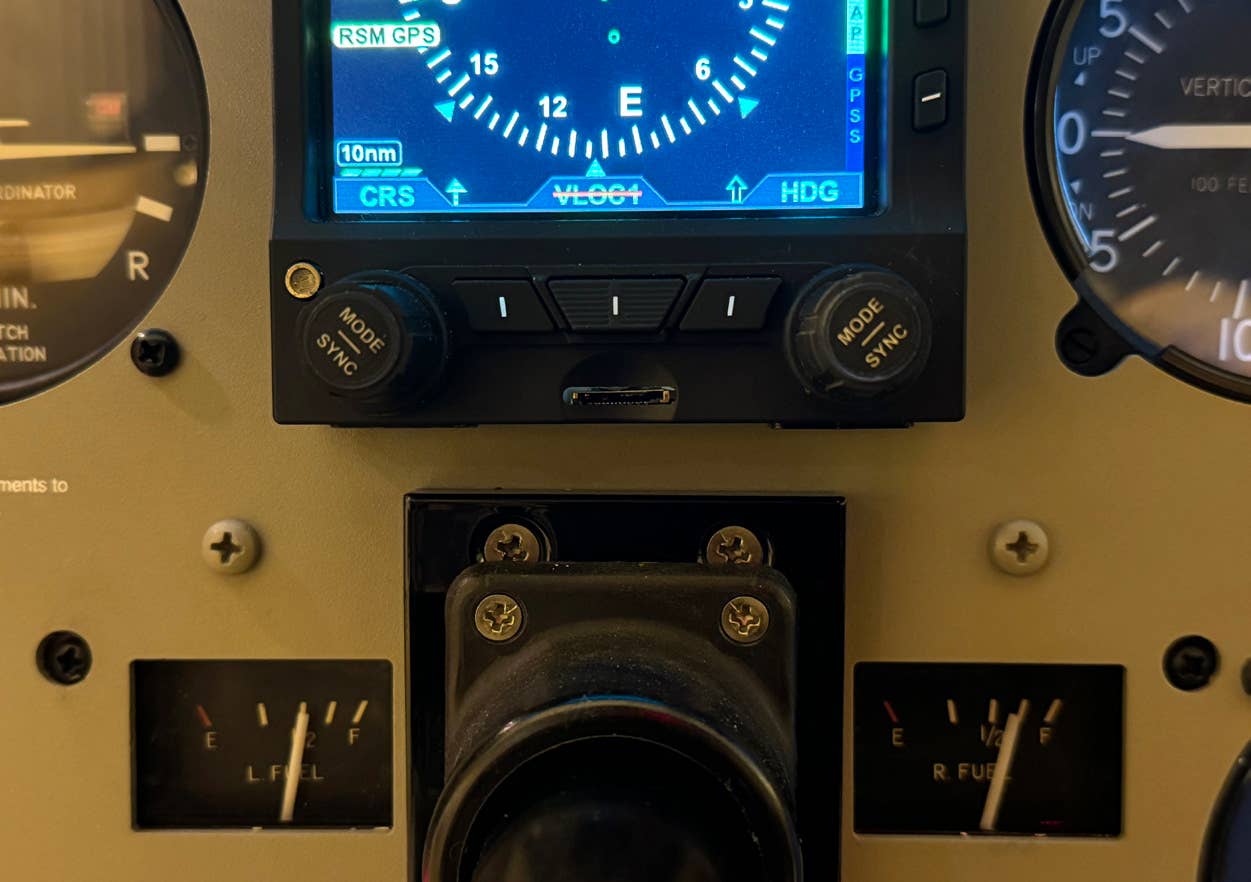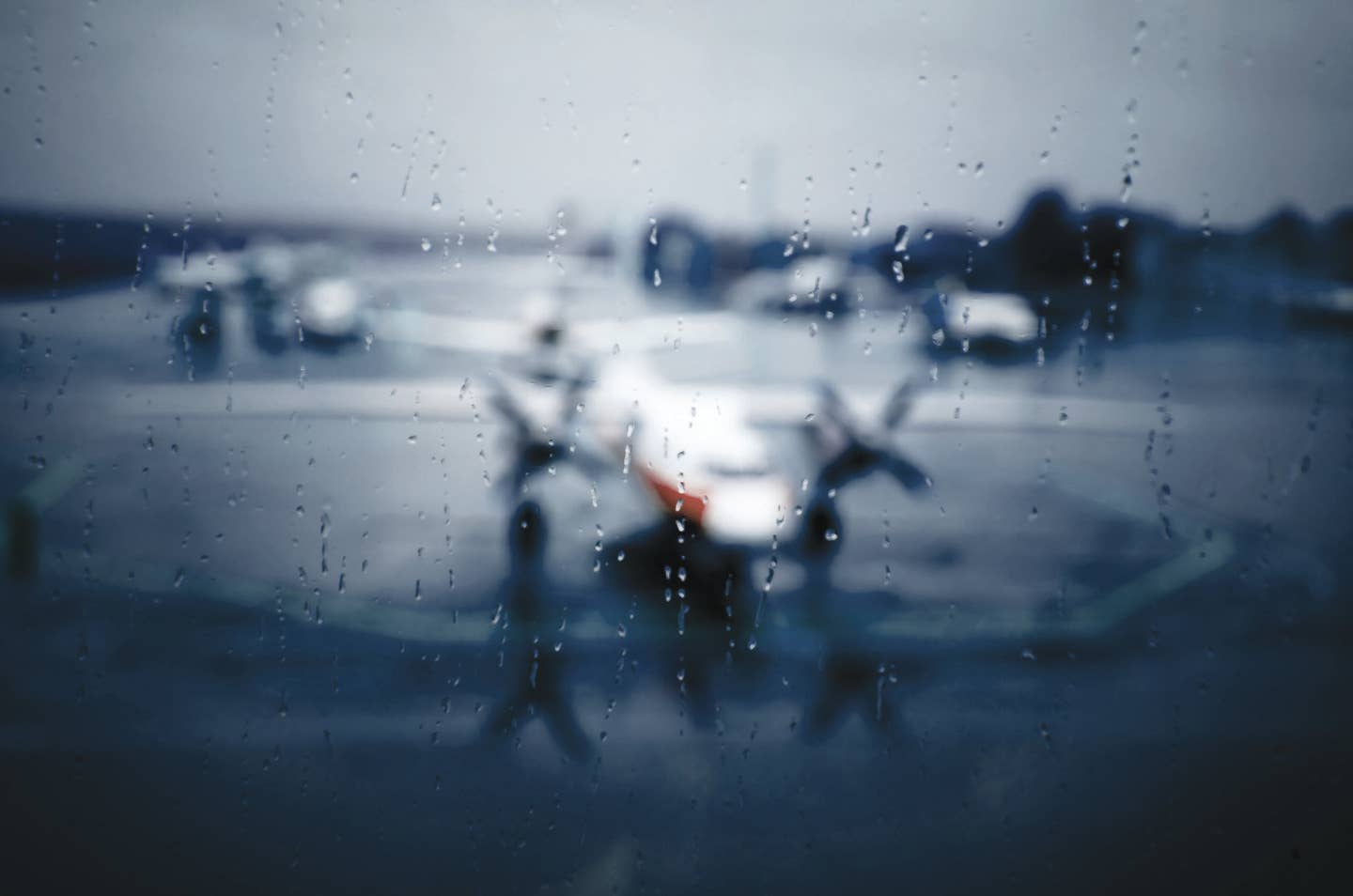
Laser pointers are fun, aren’t they? We’ve all held or at least seen these pen-sized gadgets. They're useful for highlighting particularly interesting parts of PowerPoint slides or mounting to rifles and pistols for improved long-distance targeting. I personally am guilty of making cats do burnouts across the kitchen floor with a red laser pen.
When most of us think about the types of "lasers" that are being pointed at aircraft, and potentially distracting the pilots in the cockpit, this is probably the sort of device we imagine as the culprit. And a lot of the time, that's probably true. But have you also seen the high-power handheld lasers that cost $150 and up and can light a match from across a room or slice through plastic? Check out this video, sent by Mike Bennett, founder of the aviation enthusiasts' website 110knots.com. These lasers are a relatively new breed (at least they're new to the consumer market) that also pose new dangers. As you can see in the video, that 1,000 milliwatt blue laser borders on being a weapon.
In fact, the website of Hong Kong-based Wicked Lasers, manufacturer of the "Krypton" and "Arctic" series green and blue lasers (billed as the most powerful you can legally own), warns users that the devices should be handled with the same "safety precautions one would observe with a loaded firearm." Which perhaps explains the jail time you could serve for pointing a laser at an aircraft in flight.
The FBI and FAA are cracking down on incidents of people on the ground directing laser beams at aircraft, warning that interference with their operation is a crime that's punishable by up to 20 years in prison and a $250,000 fine. The FAA says laser incidents have skyrocketed in the U.S. – to more than 2,830 so far this year. An FAA website has been created to make it easier to report and track laser incidents.
The relatively low-power "laser pointers" most of us are familiar with (which can come in red, green, blue, yellow or violet) are categorized as Class 2 devices. They can damage the eye if pointed directly at it, and can certainly be distracting at night. The more dangerous Class 3 lasers like those in the above video can literally burn a hole in your eye or cauterize skin, and can be temporarily blinding at night, even when directed from miles away. That's because as the beam travels, it also becomes wider, potentially filling the cockpit with laser light. Class 4 lasers, which are generally restricted to industrial, scientific and medical uses, can “ignite fires, burn deep into the skin, and cause devastating and permanent eye damage."
All of which is to say that the threat from lasers being pointed at aircraft in flight is more serious than many people realize. Watch this second video of a 1,000 mW blue laser “burning stuff” and judge for yourself.

Sign-up for newsletters & special offers!
Get the latest FLYING stories & special offers delivered directly to your inbox






